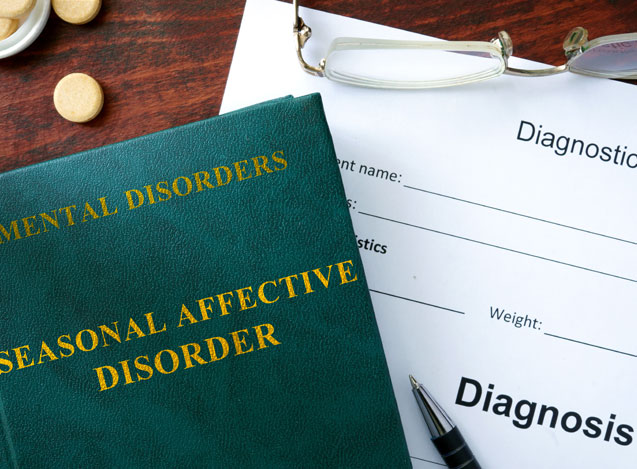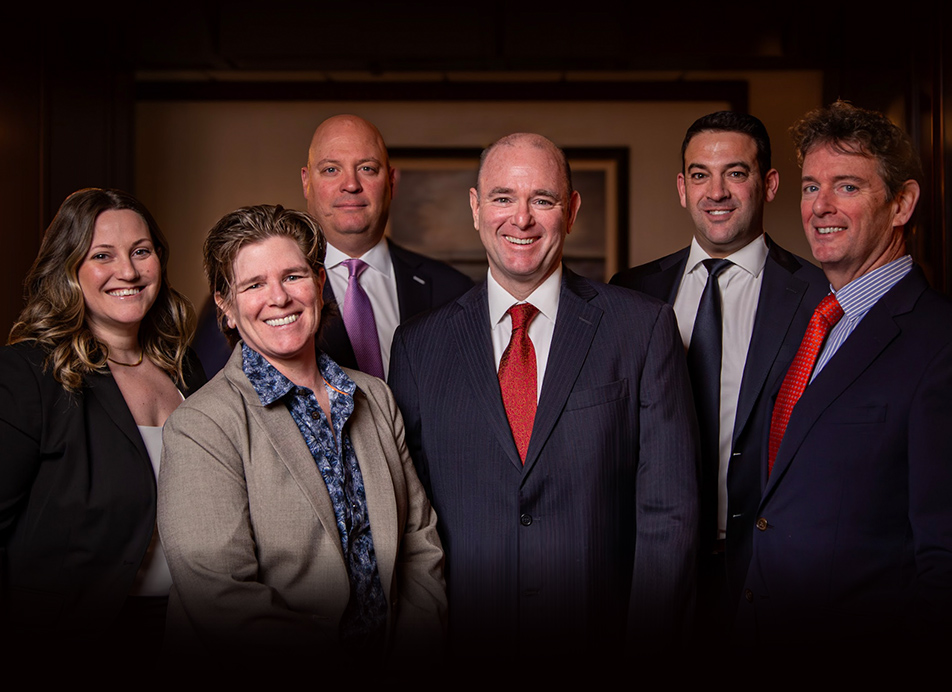The Winter Blues. The Blahs. Cabin Fever. Whatever you call it, most of us have experienced it – or something like it – at some point in our lives.
In the late autumn and winter, we spend more time indoors as the temperature drops. We’re exposed to less natural light. We get less exercise. And for some, it can move past the usual “I can’t wait for springtime” anxiousness and develop into a clinical form of depression.
Seasonal Affective Disorder – or SAD – is connected to the change of seasons, most often the transition from the bright and warm summer to the colder, darker winter. It can make you feel tired, moody, and irritable. It can impact your sleeping and eating habits, and even your desire to socialize and do the things you normally enjoy.
Anywhere from 1% (in Florida) to 9% (in Alaska) of Americans experience it in a given year, with the prevalence increasing the further north or south of the equator you go (on account of the shorter days). It’s 4-8 times more common in women, and affects those between 18 and 30 more than older adults and younger children (although it does still occur outside that range).
Overall, the condition affects roughly 1.6 billion people each year.
Reducing the Impact
The exact cause of the condition is still debated amongst doctors and psychologists, so finding the perfect treatment is difficult. Everyone is different.
Experts believe that it’s connected to the lower light levels and reduced activity we experience from November through March, so anything you can do to increase your exposure to light and up your amount of physical exercise would be helpful.
Open the curtains or blinds, get outside more, stay active, and socialize.
Light Therapy
Bright Light Therapy (BLT) can also reduce the effects of SAD. Using a bright artificial light source can make up for the reduced sunshine experienced in the winter months. Studies have shown this to be especially true when done in the morning. Light boxes with a light spectrum very similar to natural sunlight are available for purchase, and it’s suggest that SAD sufferers sit in front of it for 20-60 minutes first thing in the morning from late fall until at least early spring. And while BLT has fewer and less severe side effects than medication, it can still cause eyestrain, headaches, and trouble sleeping for some, for pay attention and discontinue the treatment if they occur.
Counseling
Just talking to someone about our issues and difficulties is beneficial for a wide variety of mood disorders. One recent study found that twice weekly 90-minute sessions of Cognitive Behavioral Therapy was as effective as 30 minutes of 10,000 lux cool-white light each morning. Other doctors suggest a self-directed program that includes meditation, yoga, walking, and other exercise combined with a diet rich in protein, complex carbs, and vegetables.
Vitamin D
Low levels or an imbalance of Vitamin D is often associated with depression, and this can be attributed to poor diet and/or insufficient exposure to sunlight (Vitamin D is the only vitamin that our bodies can generate on their own through skin exposure to the sun).
A supplement of 5000-10,000 IU every day starting in fall may offset the arrival of SAD for some patients (check with your doctor first, though).
Natural sources of Vitamin D include mushrooms, oily fish, tofu, fortified cereals, dairy products, and eggs.
Antidepressants
In more severe cases of SAD, medication may be the only effective treatment. As with most forms of depression, there is a connection between SAD and imbalanced serotonin and melatonin levels in the brain.
Serotonin regulates mood, while melatonin regulates both mood and sleep, so it’s easy to understand why a deficiency in either can make people feel depressed, moody, and tired.
Drugs such as Prozac or bupropion have proven effective in treating SAD amongst some patients. Beware of side effects, though, and consult with your doctor before taking any antidepressant.
A recent study involving Danish hospital intake records from 1995 to 2012 found an 8% spike in depression diagnoses in the month after we turn the clocks back, so there is some evidence to suggest the annual “fall back” can exacerbate the situation. As DST ends at 2:00am on November 18 this year, it’s a wise idea to be mindful of SAD symptoms in ourselves and our loved ones in the coming weeks.
As winter approaches, stay warm, stay active, and come into the light.

